What to know about running in a face mask during the coronavirus pandemic
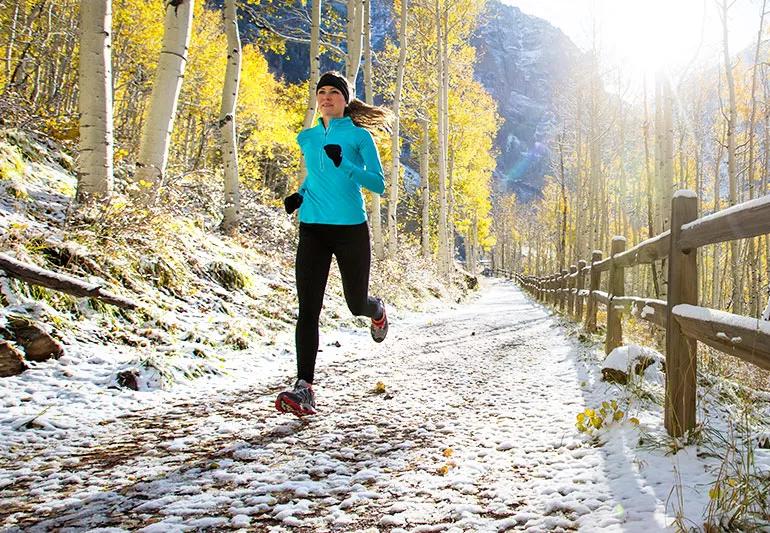
Face masks have become a normal part of our lives, and we understand that we must wear them anytime we’re out in public. But when you mix in running, the answer about when to wear one isn’t always clear.
Advertisement
Cleveland Clinic is a non-profit academic medical center. Advertising on our site helps support our mission. We do not endorse non-Cleveland Clinic products or services. Policy
Sports medicine specialist Caitlin Lewis, MD, discusses when the face mask rule applies to runners and when it’s OK to skip it.
Most of us have seen the pictures of crowded parks and trails with hoards of people bunched together. Some people in the crowd are wearing face masks, while others aren’t.
“Generally, when people ask if they need to wear a face mask when running outside, the answer to that question is that it depends where you’re at,” explains Dr. Lewis.
Some states and cities have issued their own specific requirements regarding face masks, so you’ll first need to check with your local health officials. But it really boils down to where you live and where you’re planning on running.
As a general rule, wear a face mask when you’re running in an area where physical distance is hard to maintain. If you’re going to be passing people or weaving in and out of crowds and others around you, you’ll want to wear a mask, says Dr. Lewis.
But if you’re running alone in your neighborhood where you might occasionally see another runner or dog walker, it’s likely that you don’t need to wear a face mask. Instead, be mindful about crossing the street to avoid getting too close or give the other person at least six feet when passing.
Advertisement
The same rule applies during other outdoor activities like hiking or biking (but keep in mind that wearing a face mask is never a substitute for social distancing).
Think about it this way: Wearing a mask reduces the chance that your own respiratory droplets will come in contact with someone else because you could be carrying the virus and not know it. If others are running or cycling past you in a crowded park, wouldn’t you want them to try to contain those droplets? The same holds true if you’re up running on an isolated mountain trail. If you’re not around other people, there’s no one around to protect by wearing a mask, so it’s not really needed, says Dr. Lewis.
If you’re in an area where an outdoor run or bike ride warrants wearing a face mask, there are a few things to keep in mind.
“A face mask is going to decrease your airflow, making it a little harder to breathe,” says Dr. Lewis. “It won’t decrease your oxygen or retain carbon dioxide. But it will probably impact your performance or pace.”
This means that you might have a harder time catching your breath if you’re running in a face mask. You might also feel more fatigued quicker than you normally would, even if you’re in pretty good shape. Because of this, you might need to modify the intensity of your run.
Monitor how you feel or if you’re having any unusual symptoms. It’s important to know your body.
Be on the lookout for:
If you’re experiencing anything out of the ordinary, find a safe place off the trail or out of the way to distance yourself from others and remove your mask. Sit down or walk until you catch your breath and feel better.
The good news is that, like all aspects of fitness, the more you do it, the longer and better you’ll be able to tolerate it. So your fitness level can adapt to a face covering.
Running in a face mask presents you with the unpleasant sensation of a damp piece of fabric rubbing against your face, especially if it’s cold or wet outside.
“A sweaty or wet mask is going to be less effective at filtering,” says Dr. Lewis. “It’ll also be less breathable and more uncomfortable.”
Look for workout face masks that are made with a moisture-wicking fabric, but be mindful that it’s not too thick or restrictive. Most running specific face coverings come as a traditional shaped mask with strings or elastic that goes around your head or ears.
The mask should fit snug around your face and cover your nose and chin. A properly fitted mask will reduce the need for you to fuss around with it and touch your face.
Advertisement
It’s also important to keep your running mask clean. It’s a good idea to keep a few masks in your rotation and use a new one every run, says Dr. Lewis. If you’re going out on a particularly long run (or if you’re someone who sweats a lot), bring two masks with you to switch out half way through if you can.
And remember, when wearing a mask, always wash your hands or use hand sanitizer before removing it.
Advertisement
Learn more about our editorial process.
Advertisement
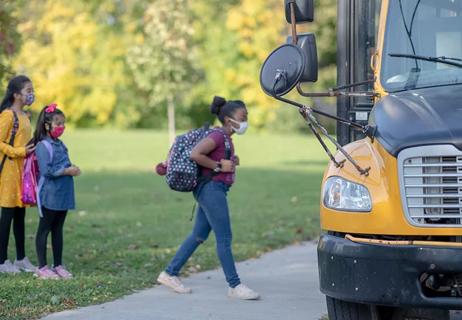
A pediatric psychologist weighs in on continued masking for kids
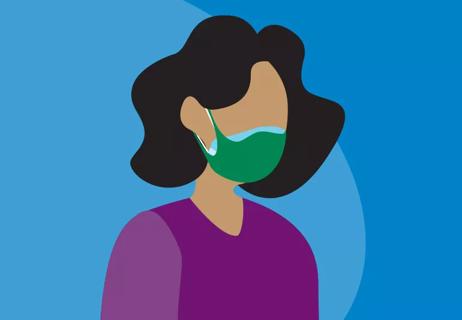
The short answer from an infectious disease specialist
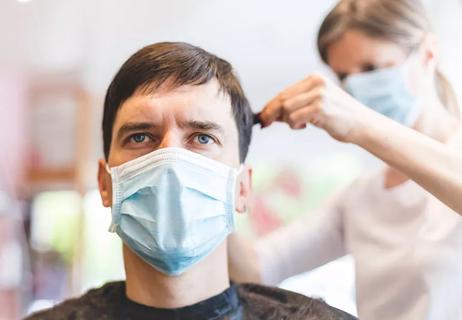
Proper etiquette for asking others to comply with mask rules
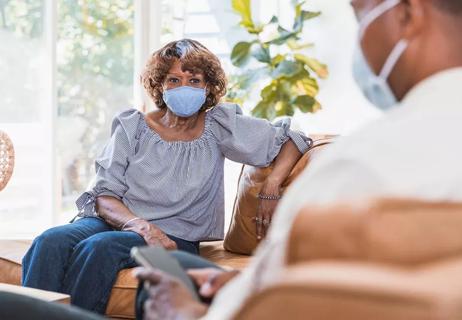
Learn how one simple action can help keep the whole family safe
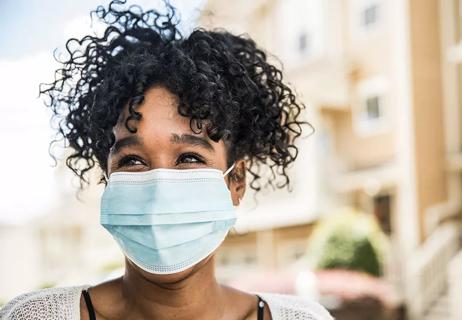
Talking points from a healthcare provider
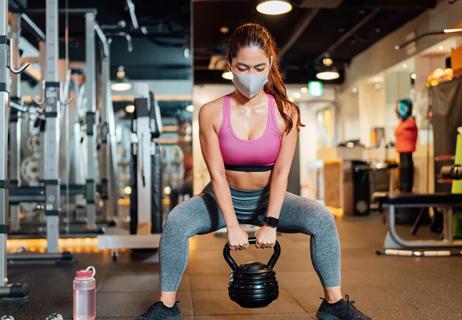
The short answer from an infectious disease specialist
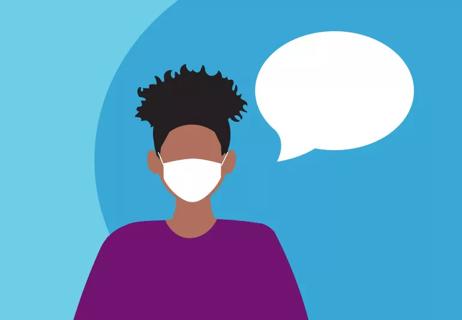
Make it easier to hear and be heard
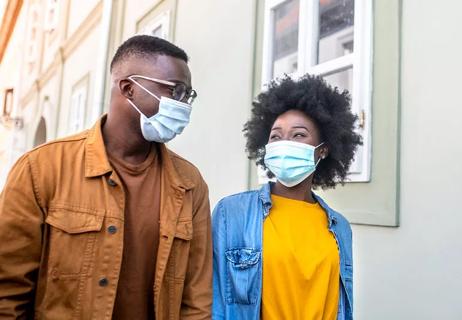
The short answer from an infectious disease specialist

Type 2 diabetes isn’t inevitable with these dietary changes

Applying a hot or cold compress can help with pain